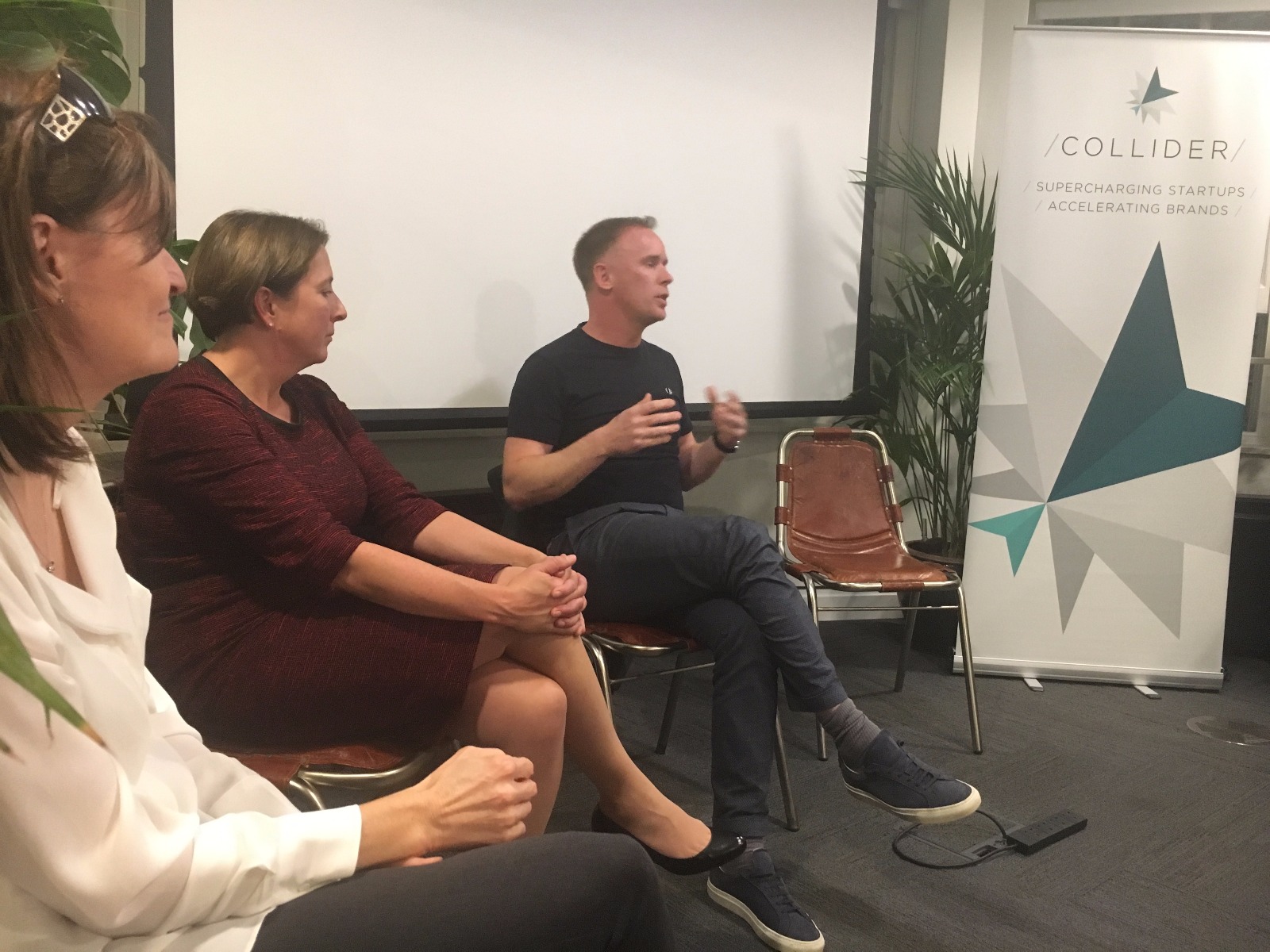
** This is a guest post by Julia Merritt, Portfolio Strategy Manager at Camelot a Collider Brand partner. Julia piloted a secondment programme **
Being a member of the Collider Programme at Camelot, we were offered the opportunity to spend a day with a digital start up in order to live and learn – in real time – about the challenges start ups face.
Through my existing links with Miappi – a start up that aggregates social content into a simple interface – I was lucky enough to spend the day with them last week.
The day kicked off with a pitch at a digital agency, where I met the CEO of Miappi, Andrew, having ‘ran’ from a previous pitch at another agency. It was great to sit in on a pitch to a digital agency and Andrew and his colleague Dave showcased what Miappi could do. The demo spoke for itself and it was really well received – so much so that other agency team members were pulled in to see the demo working and Andrew launched into his elevator pitch – the meeting went really well!
Heading back to Miappi’s offices, impressively located on the Southbank with views to die for, the serviced offices were a hive of activity. Miappi rent office space for the 6 strong startup, and use the communal meeting rooms and social areas. Full of other start ups and small businesses – this free space allows for great networking and exposure to a wide range of different contacts.
A bit of a contrast to the corporate environs of a business park in Watford! Beer, coffee and soft drinks on tap, open plan, hot desks, arcade games, ping pong and a few resident dogs kept the vibe relaxed but buzzing.
Sitting in a technical development session, it was fascinating to see the developers work in progress prototypes and how they worked through challenges together, adapting and changing to continuously improve their offer. Never standing still, continuous improvements and adapting to new clients requirements ensures the product is flexible and can offer something for everyone.
Chatting with Miappi, what struck me the most was the way they are living and working ‘in the moment’. Whilst we are working on our 5 year plans – they are working on plans for the next 5 months. Whilst this brings its challenges – particularly around having to initially work at a loss while the offer builds; working in such an agile way engenders a sense of urgency, excitement and freedom – allowing for more spontaneity and adapting to new opportunities as they arise.
This is a learning I will take back to the business to see how we can ‘sprint’ smaller projects to test and learn, in amongst the larger projects that do take longer to achieve.
It was great to get an insiders view of a startup - literally running between meetings, seizing the moment, adapting and ideating – it demonstrated speed of thought and flight of foot. Thank you!










